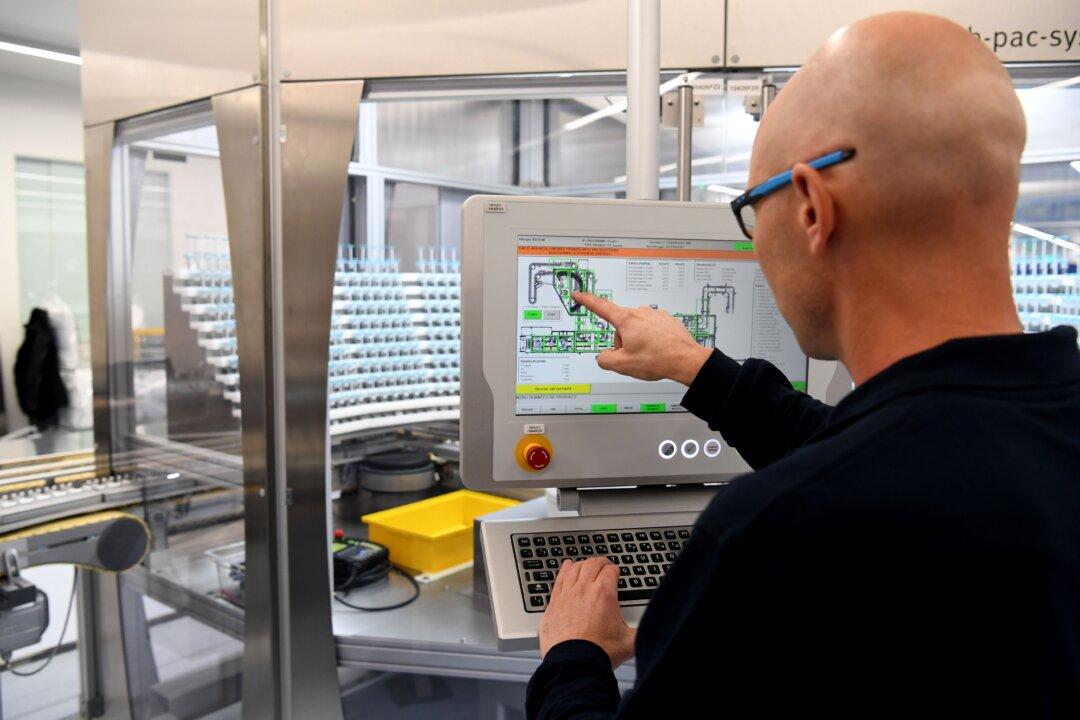Pharmaceutical giant Allergan struck a bold and unusual deal to protect its patents on a lucrative eye drug in September.
If successful, the maneuver could have far-reaching ramifications and disrupt the established pharmaceutical industry order.

Pharmaceutical giant Allergan struck a bold and unusual deal to protect its patents on a lucrative eye drug in September.
If successful, the maneuver could have far-reaching ramifications and disrupt the established pharmaceutical industry order.